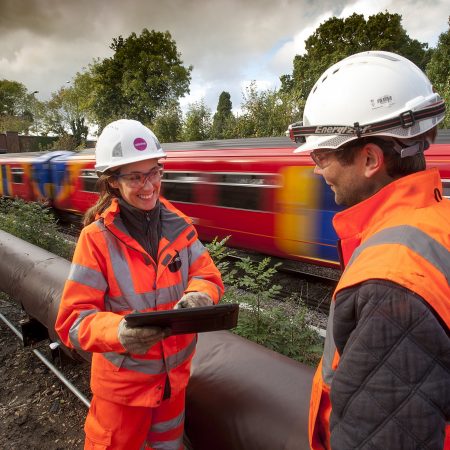Why Continuous Improvement Must Be a Core Purpose and Not an Add-On
Most organisations would claim and believe that they are committed to continuous improvement. It would be a bit unusual to say that they weren’t trying to get better all the time. But wishing and believing doesn’t necessarily make it a reality.
But how important is continuous improvement really? Is it part of the culture and a mindset that people bring to their work every day? What are the systems and processes that make it real and is there strategic leadership to maintain momentum?
These are the types of question that distinguish wishful thinking from reality.
At Osborne, continuous improvement is how we deliver better outcomes and superior value to our customers. That will help us not only to survive, but to prosper. It isn’t just about being more efficient or more profitable, it’s about doing things better and delivering more.
Make it Easy to Innovate
If learning and improvement are voluntary, it’s sensible to make them as easy as possible to do. That’s why we developed the Improvement Opportunity (IO) App. When somebody sees an opportunity to do something better, they can submit their idea straight away via their phone. They don’t have to go off and find a form or work out who they need to talk to. Instantaneous access to the process means we generate far more improvement ideas.
Make it Meaningful
The most effective way to turn off the tap of new ideas is for them to go nowhere. The IO App is complemented by a process that acknowledges, evaluates and gives feedback on every suggestion. Successful improvements are celebrated and disseminated so they can be implemented as widely as possible and inspire others to come up with their own suggestions.
Listen to Customers and Stakeholders
Continuous improvement isn’t something you do for its own sake. If our customers don’t see a difference, what’s the point? The goal is to deliver better value and outcomes, which wouldn’t work unless customer feedback was intrinsic to the process.
Appraisals following each project give us vital customer feedback. We use this feedback actively to identify improvements and to help focus our innovations.
Continuous improvement is part of being a learning organisation. This involves structure, process and constant reinforcement at every level in our organisation. Because we have these essentials in place we can find better ways to implement complex infrastructure projects, such as the Whitton Station rebuild and AfA upgrade that featured extensive use of offsite methods to minimise passenger disruption and meet the tight deadline.

